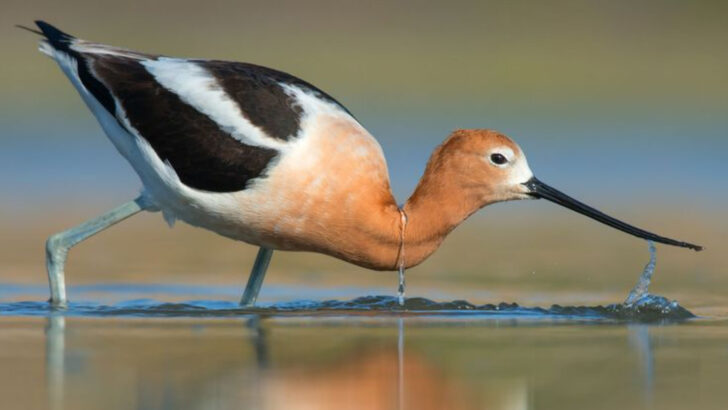Climate change is significantly impacting bird populations across the United States.
As their natural habitats are altered or destroyed by rising temperatures, changing precipitation patterns, and shifting ecosystems, many bird species face an uncertain future.
This article highlights 13 bird species severely affected by these changes and provides actionable steps you can take to assist in their conservation and preservation efforts.
By understanding the challenges these birds face, we can work together to make meaningful contributions to their survival.
Piping Plover
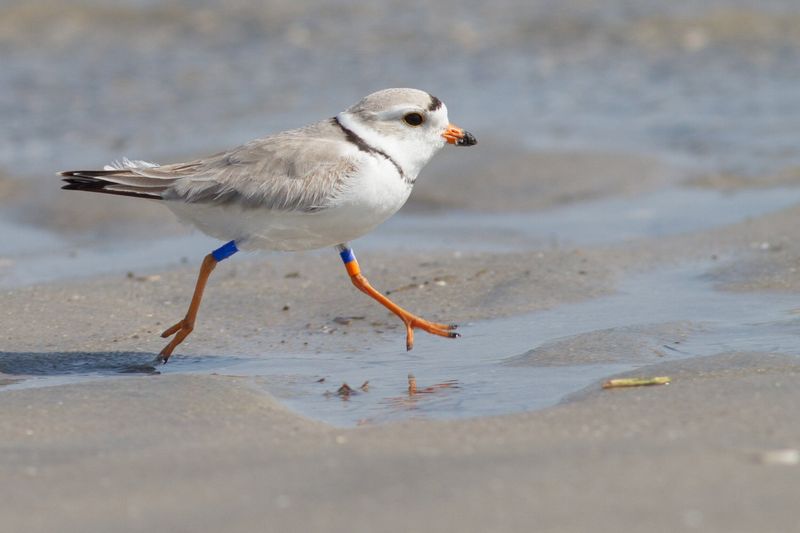
The Piping Plover, with its distinctive sandy coloring and melodic call, is a symbol of coastal charm. These small shorebirds, often seen scurrying along the beach, face habitat loss due to rising sea levels.
Adapting to their changing environment is no small feat. Conservation efforts, such as protecting nesting areas from human interference, are crucial.
Volunteer for beach clean-ups or support organizations dedicated to habitat preservation. Did you know? Piping Plovers have a unique way of feigning injury to protect their nests from predators.
Golden-winged Warbler
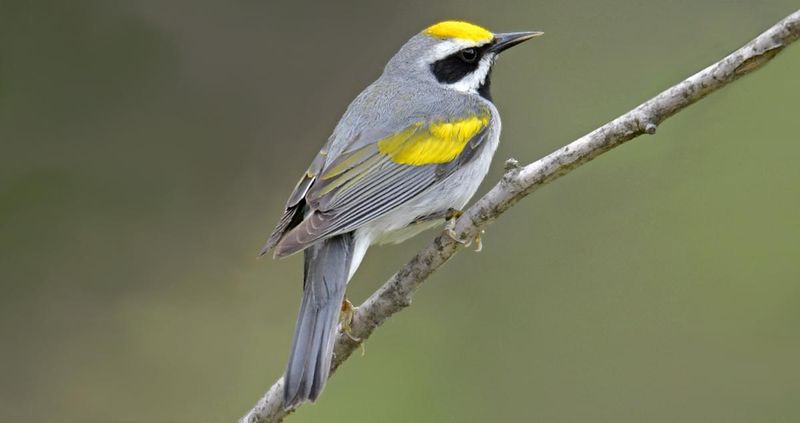
Golden-winged Warblers are jewels of the forest, with their striking plumage and intricate song. They prefer early successional habitats, but these areas are disappearing.
The decline of these habitats, due to human activity and climate change, poses a critical threat. Planting native shrubs and participating in reforestation projects can help.
Did you know? These warblers are known for their long-distance migrations, traveling thousands of miles between North and South America.
Red Knot
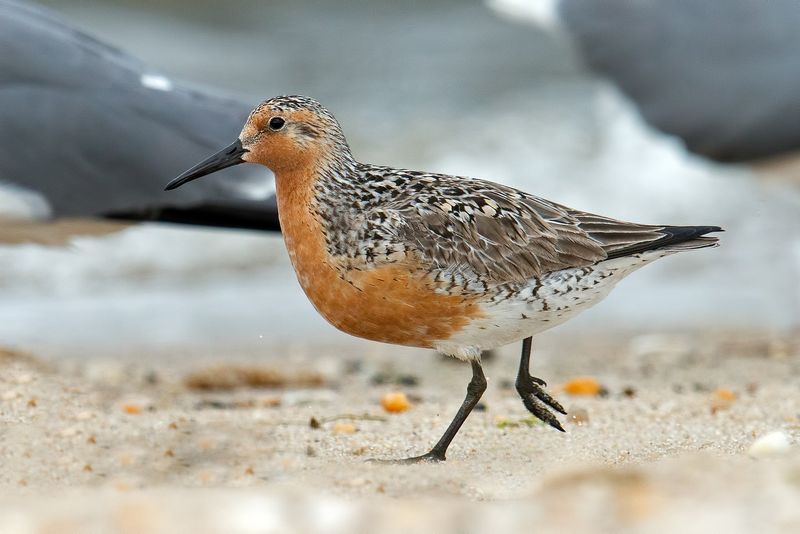
Red Knots are renowned for their epic migrations, traveling from the Arctic to the southern tip of South America. Unfortunately, their refueling stops are diminishing.
As coastal habitats shrink, their survival is jeopardized. Supporting wetland preservation and advocating for climate policies can make a difference. Consider joining a birdwatching group to raise awareness.
Interesting fact: Red Knots can double their weight before migration, a testament to their resilience and adaptability.
Wood Thrush
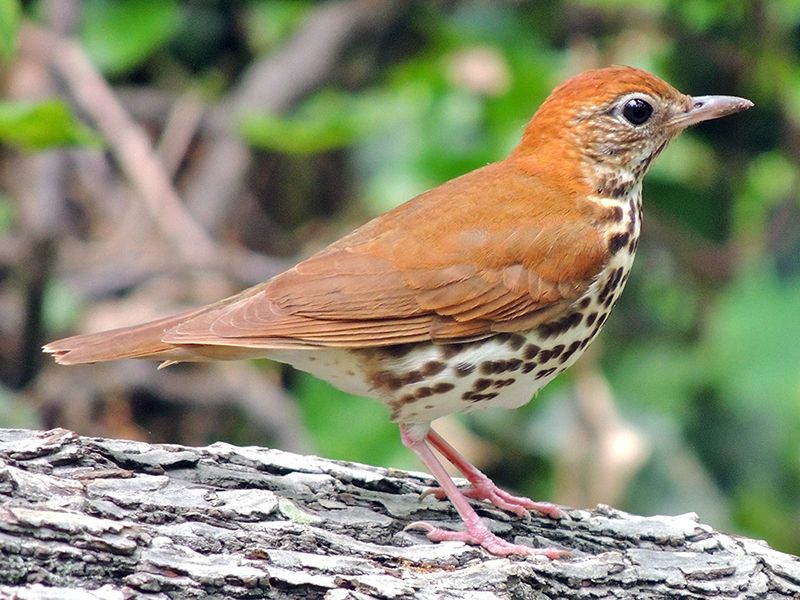
The Wood Thrush is celebrated for its ethereal song that echoes through deciduous forests. However, these forests are under siege from climate change and urban development.
Protecting these areas from deforestation and promoting sustainable forestry are vital. Engage in local conservation initiatives or support policies that aim to reduce carbon emissions.
Fun fact: The Wood Thrush often combines two notes at once, creating a hauntingly beautiful harmony.
Rufous Hummingbird
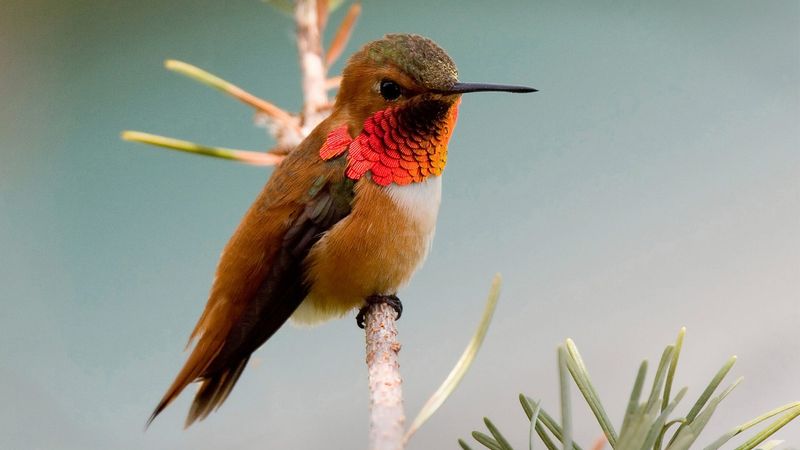
Rufous Hummingbirds, known for their fiery coloration and incredible flight capabilities, face declining numbers. Shifts in flowering patterns and habitat loss challenge their migratory routes.
Planting flowers that bloom at different times can support their feeding. Additionally, ensuring safe migratory corridors is crucial.
Did you know? These hummingbirds can remember every flower they’ve visited, a remarkable feat of memory and navigation.
Cerulean Warbler
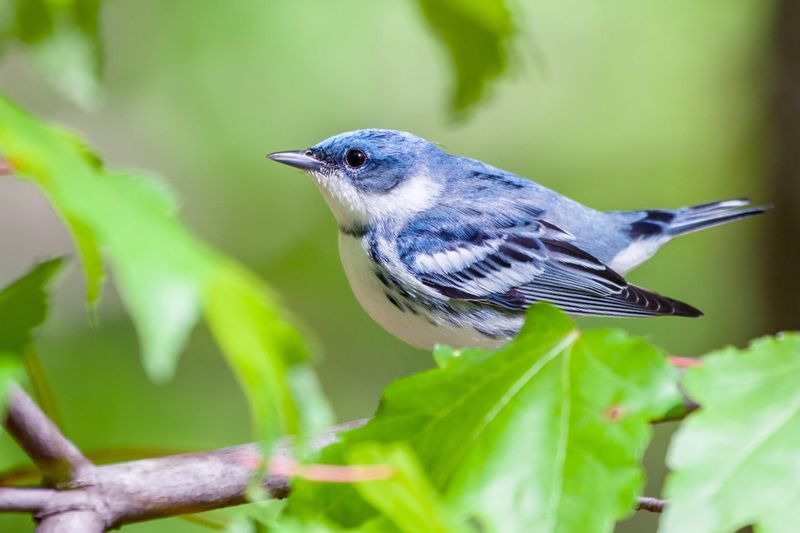
Cerulean Warblers, with their sky-blue feathers, are treetop dwellers of mature forests. Unfortunately, deforestation and climate change threaten their existence.
Supporting reforestation and sustainable land management can provide critical habitats. Participate in forest conservation efforts or support organizations dedicated to these causes.
Fun fact: These warblers are one of the fastest declining neotropical migratory songbirds.
Saltmarsh Sparrow
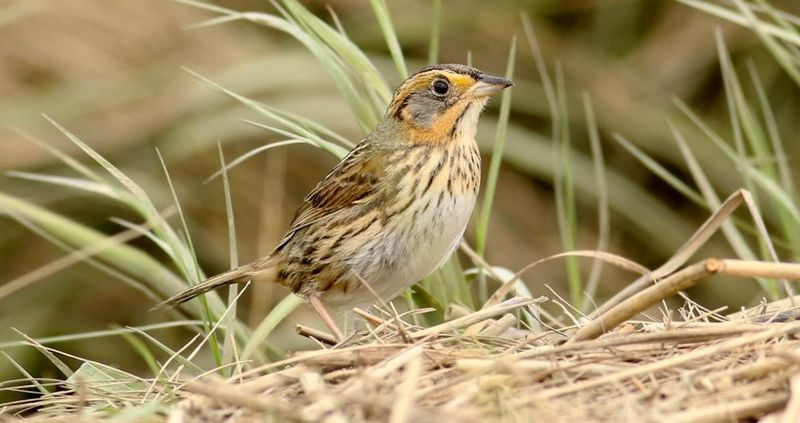
The Saltmarsh Sparrow thrives in the unique ecosystem of coastal marshes. However, rising sea levels and habitat destruction put them at risk.
Restoring coastal habitats and advocating for climate action are essential. Volunteering for marshland restoration projects can contribute to their survival.
Interesting tidbit: These sparrows build their nests above the high-tide line, a delicate balance in their watery world.
American Avocet
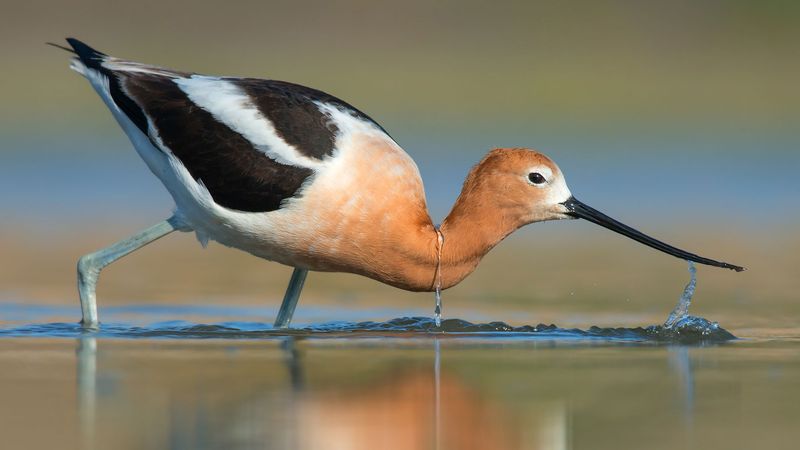
American Avocets, with their elegant appearance and graceful wading, are icons of wetland environments. Unfortunately, these habitats are dwindling due to climate change and human activity.
Supporting wetland conservation and sustainable water management can help. Engage in citizen science projects or advocate for environmental policies.
Did you know? Avocets use their upturned bills to sweep through water, a unique feeding technique.
Bicknell’s Thrush
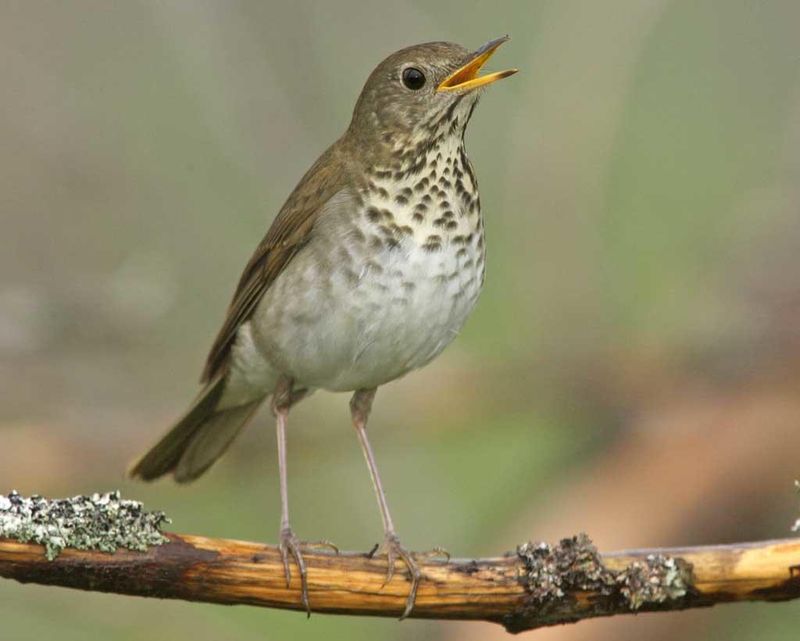
Bicknell’s Thrush is a rare gem of the northeastern U.S. mountain forests. However, climate-induced habitat changes and deforestation pose significant threats.
Supporting conservation areas and promoting responsible tourism can help. Participate in bird surveys to monitor populations.
Fun fact: Bicknell’s Thrush is one of the few bird species discovered in the 20th century, highlighting its elusive nature.
Northern Bobwhite
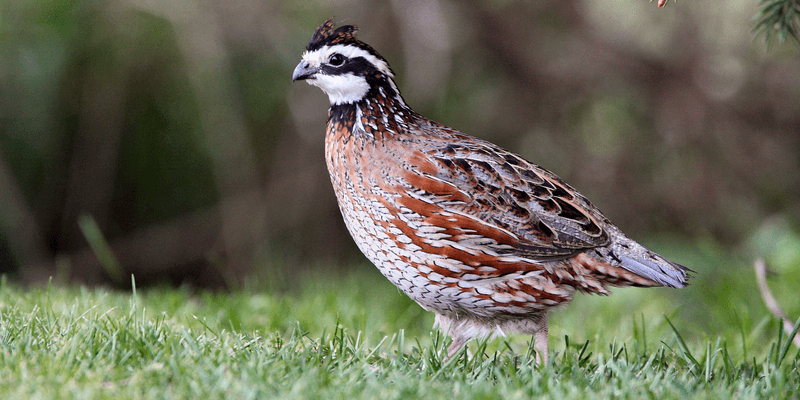
The Northern Bobwhite, with its distinctive call, is a familiar sound in rural landscapes. Unfortunately, agricultural expansion and climate change have reduced its habitat.
Supporting sustainable farming practices and native plant restoration can aid their recovery. Get involved with local conservation groups or wildlife-friendly practices.
Did you know? Northern Bobwhites often form ‘coveys’—small family groups that huddle together for warmth.
Lesser Prairie-Chicken
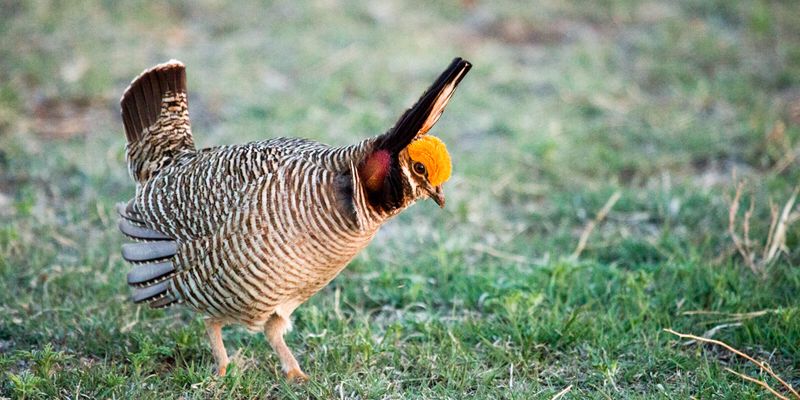
The Lesser Prairie-Chicken, known for its elaborate courtship displays, faces critical habitat loss. Conserving grasslands and combating climate change are key to their survival.
Advocate for land protection policies or participate in habitat restoration efforts.
Interesting fact: Their booming calls and colorful displays are a springtime spectacle on the prairies.
Tricolored Blackbird
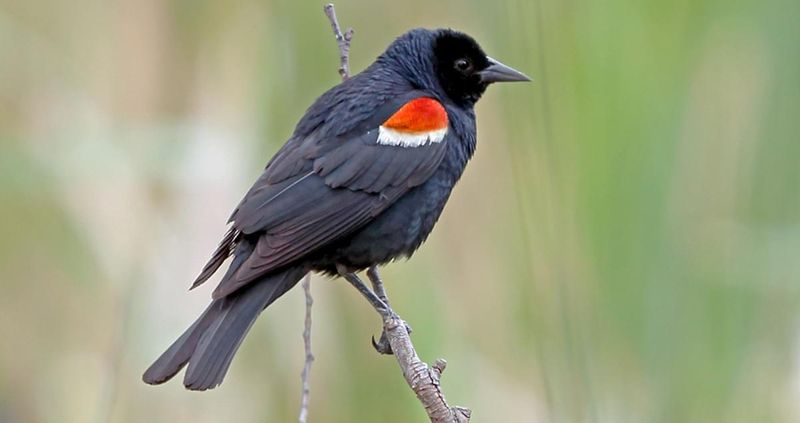
Tricolored Blackbirds, known for their social behavior, are often found in large colonies. Sadly, their wetland habitats are under threat.
Supporting habitat restoration and wetland preservation is crucial. Participate in bird counts or support wildlife organizations.
Did you know? These blackbirds’ colonies can number in the tens of thousands, a breathtaking sight during breeding season.
Florida Scrub-Jay
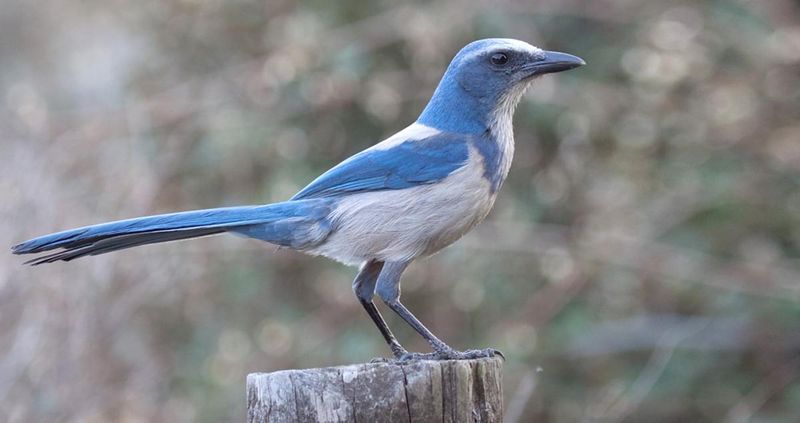
The Florida Scrub-Jay, a friendly and curious bird, is unique to the scrub habitats of Florida. Urban development and climate change threaten these specialized environments.
Supporting land conservation and educating others about their plight can help. Join local conservation efforts or contribute to land purchase funds.
Interesting tidbit: These jays are cooperative breeders, often helping raise each other’s young.

